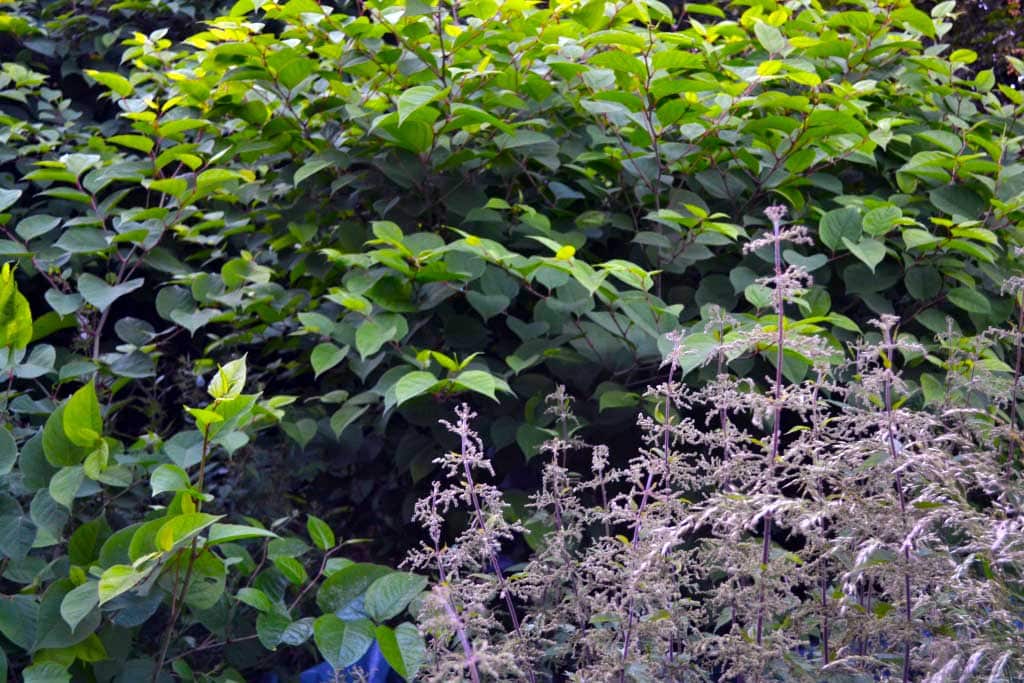BACKGROUND
We were instructed by our client – A property developer to carry out a survey within the Redditch area as Japanese Knotweed was identified on some communal grounds whereby some develop works was required. Our client was looking to build residential properties so any Japanese Knotweed present on site would need to be removed.
SITE SURVEY
During our site survey, Japanese Knotweed was identified within the area of where the properties would be being built. Our technician recommended three options to our client:
- Option 1 Dig and Dump
This ‘Dig and Dump’ method involves the excavation of all Japanese knotweed and subsequent off-site disposal at a designated landfill site.
A WAC soil test would need to be undertaken and which would determine whether the material would be classified as either ‘hazardous’ or ‘controlled’ waste by the landfill operator.
This option and quotation identifies the material to be disposed off-site as ‘controlled’ and thereby subject to the higher rate of tax for disposal.
This methodology would involve the off-site disposal of approximately 160 tonnes, the first 1m of soil would be disposed off at the higher rate of tax.
- Option 2 Cell Burial
This would involve the excavation of the knotweed and placed onto a biosecurity barrier whilst the main cell is constructed. The excavated knotweed is encapsulated in a heat sealed, triple ply polyethylene impermeable sheet – with no access to sunlight, water or nutrients.
The knotweed essentially rots away under the ground.
The location of the cell will be determined by the development plans.
- Option 3 Screening
Our ‘Zero to Landfill’ solution includes for the excavation, screening, separation and relocation of the Japanese Knotweed on site using our Environment Agency (EA) approved methodology.
The screening process removes the Japanese Knotweed material from the soil and separates the subsequent arisings into two piles; one contaminated Japanese knotweed for incineration and one low-risk soil.
This approach removes the need to send controlled waste to licensed landfill and keeps costs to a minimum.
The time needed to process the stockpile depends on the composition and consistency of the material. Once screening has finished we will transport the knotweed rhizomes and vegetation to a waste transfer centre for onward incineration of the Japanese knotweed.
The screened soils can then be used on site, preferably in a landscaped area or used as backfill for the new access road.
Following this survey and the options presented to the client, the client agreed and proceeded with Option 3 – Screening.



